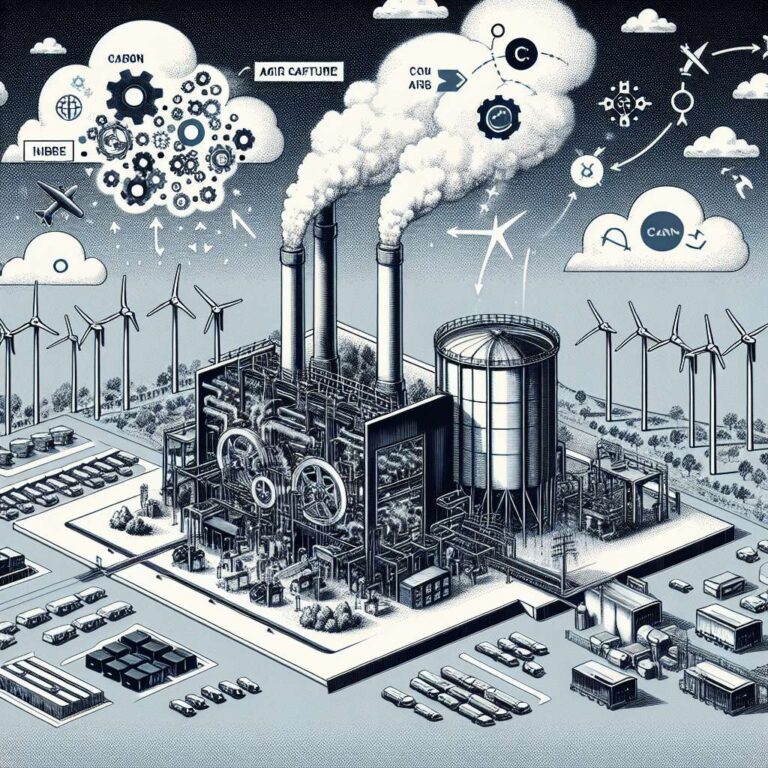The Department of Energy appears poised to end funding for two large direct air capture projects, according to an internal department list obtained by MIT Technology Review. The projects are the South Texas Direct Air Capture Hub, led by Occidental Petroleum’s 1PointFive in Kleberg County, Texas, and Project Cypress in Louisiana, a collaboration among Battelle, Climeworks, and Heirloom. The list includes a latest status entry suggesting termination alongside the initial award amounts for each, which were part of a broader funding package announced in 2023. It is unclear whether canceling initial grants would also cancel the full expected funding.
Uncertainty surrounds the final outcome. A Department of Energy spokesperson said it is incorrect to suggest the two projects have been terminated, noting the agency cannot verify lists from anonymous sources and is conducting an individualized review of financial awards made by the previous administration. Industry advocates warned that the ambiguous signals complicate planning. Erin Burns, executive director of Carbon180, said the status could mean nothing, a renegotiation, or an outright cut, but the uncertainty does not help projects.
Developers offered limited comment. Battelle and 1PointFive did not respond to inquiries. Climeworks co-CEO Christoph Gebald said the company is prepared for all scenarios and emphasized growing demand for direct air capture as climate goals slip. Heirloom said it is not aware of a decision and continues to engage with the administration in the review process. Separately, the Department of Energy last week announced it would terminate grants for more than 200 projects that it said did not adequately advance national energy needs or provide a positive return on investment for taxpayers.
The direct air capture push has been motivated by mounting climate risks. Climate models indicate the world may need to remove billions of tons of carbon dioxide annually by midcentury, in addition to deep emissions cuts, to avoid surpassing 2 degrees Celsius of warming. Direct air capture is seen as a reliable, though costly and energy-intensive, approach. Under former president Joe Biden, the United States expanded grants and subsidies to scale the sector, including the Department of Energy’s Regional Direct Air Capture Hubs program funded through the Bipartisan Infrastructure Law. The hubs are intended to build clusters capable of capturing and storing at least a million tons of carbon dioxide per year. Trade groups warned that canceling the designated funding could undermine commitments in Louisiana and South Texas and hand an advantage to competitors abroad.

